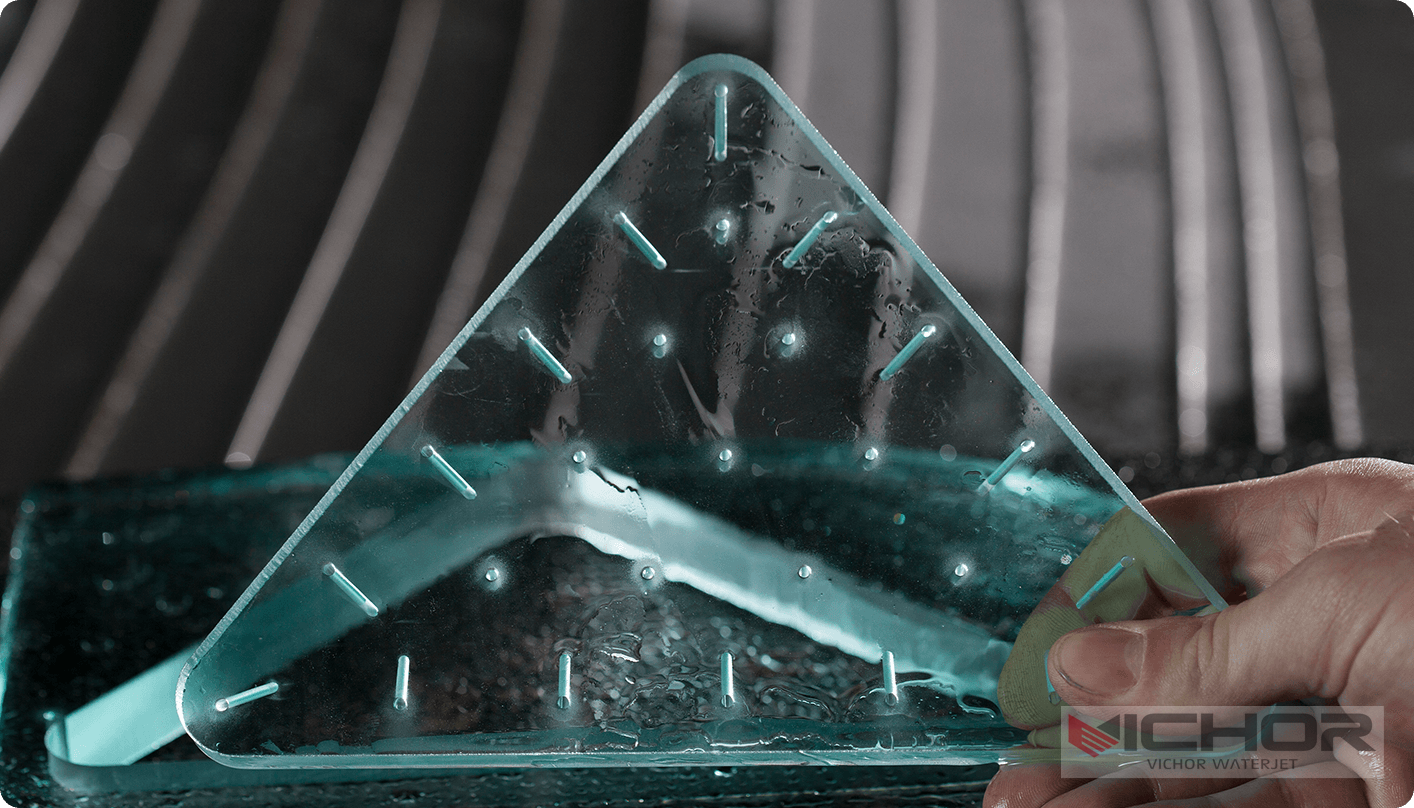
7 Incredible Benefits of Using a Water Jet for Stone Cutting
The stone cutting industry has undergone a revolutionary transformation with the advent of advanced technology. Among the most significant innovations is the use of a water jet for stone cutting. This method utilizes a high-pressure stream of water, often mixed with abrasive materials, to slice through stone with exceptional precision. Unlike traditional cutting techniques that involve blades or heat, water jet cutting is a cold process, preserving the natural properties of the stone. This article explores the multifaceted advantages and applications of this technology, providing a comprehensive guide for anyone considering it for their projects.
How Does a Water Jet for Stone Cutting Work?
Understanding the fundamental mechanics behind a water jet for stone cutting is crucial to appreciating its benefits. The process begins with a high-pressure pump that pressurizes water to extreme levels, typically between 60,000 and 90,000 pounds per square inch (PSI). This pressurized water is then forced through a small orifice, usually made of diamond or sapphire, creating a supersonic stream.
For cutting hard materials like granite or marble, an abrasive substance, such as garnet, is added to the water stream. This mixture exits a cutting head nozzle at velocities up to three times the speed of sound, eroding the stone material with pinpoint accuracy. The entire operation is controlled by computer numerical control (CNC) systems, which follow digital design plans to make intricate cuts, complex shapes, and detailed patterns that would be impossible with manual methods. The absence of heat in this process is a key differentiator, preventing thermal damage and ensuring a clean, precise cut every time.
Unmatched Precision and Complex Design Capabilities
One of the most celebrated advantages of using a water jet for stone cutting is its unparalleled precision. The technology can achieve tolerances as tight as ±0.005 inches, making it ideal for projects requiring extreme accuracy. Whether crafting intricate mosaics, detailed inlays, or complex architectural elements, water jets produce clean edges without chipping or cracking.
The CNC guidance allows for incredible design flexibility. Artisans and engineers can create virtually any shape, from curved lines to sharp angles, without the constraints of traditional blade cutting. This capability is particularly valuable for custom projects, such as personalized countertops, decorative wall panels, or unique art installations. The water jet for stone cutting empowers designers to push the boundaries of creativity, transforming raw stone into precise, complex components with ease.
Material Versatility and Compatibility
The water jet for stone cutting is not limited to a specific type of stone. It can efficiently cut through a wide range of materials, including granite, marble, limestone, slate, quartzite, and even engineered stones. This versatility makes it a preferred choice for fabricators working with diverse projects.
Moreover, water jet cutting is compatible with materials of varying thicknesses. It can handle thin tiles as well as thick slabs, typically up to 12 inches, depending on the stone type and equipment used. This adaptability ensures that regardless of the project requirements—whether a delicate veneer or a robust structural component—the water jet for stone cutting delivers consistent results without the need for multiple cutting tools.
Cold Cutting Process: Preserving Stone Integrity
Traditional cutting methods often generate significant heat, which can alter the physical and aesthetic properties of stone. Thermal stress may cause micro-fractures, discoloration, or weakening of the material. In contrast, the water jet for stone cutting is a cold process, eliminating heat-affected zones entirely.
This preservation of stone integrity is critical for maintaining its natural strength, color, and texture. For instance, heat-sensitive stones like marble are prone to yellowing or burning when cut with lasers or saws. Water jet technology avoids such damage, ensuring the final product retains its original beauty and structural soundness. This benefit is especially important for high-value projects where material quality is paramount.
Minimal Waste and Environmental Considerations
Sustainability is an increasing concern in manufacturing, and the water jet for stone cutting offers notable environmental advantages. The process produces minimal waste compared to conventional cutting. Because it cuts with a narrow kerf—typically between 0.02 and 0.05 inches—it maximizes material usage, reducing the amount of stone discarded as dust or debris.
Additionally, water jet systems often recycle water and abrasives, further minimizing their environmental footprint. The primary waste product, spent abrasive, is non-toxic and can be repurposed for other industrial applications. While water consumption is a consideration, modern systems are designed for efficiency, making the water jet for stone cutting a more eco-friendly option than many alternatives.
Operational Safety and Efficiency
Safety is a paramount concern in stone fabrication. Traditional methods pose risks such as blade breakage, kickback, and exposure to airborne silica dust, which can cause respiratory issues. The water jet for stone cutting mitigates these hazards. Since it is a non-contact process, there is no risk of mechanical injury from blades. The water stream itself is contained within a cutting chamber, reducing operator exposure.
Furthermore, the automation of water jet systems enhances operational efficiency. CNC programming allows for continuous, unattended operation, reducing labor costs and increasing productivity. Operators can manage multiple tasks simultaneously, streamlining the workflow from design to finished product. This efficiency translates to shorter lead times and lower overall project costs, making the water jet for stone cutting an economically sound investment.
Cost-Effectiveness and Return on Investment
While the initial investment in a water jet for stone cutting system can be substantial, the long-term cost savings are significant. The technology reduces material waste, lowers labor costs through automation, and minimizes secondary processing needs. For example, the smooth edges produced often eliminate the need for additional finishing, saving time and resources.
The versatility of water jets also means that a single machine can handle various materials and projects, reducing the need for multiple specialized tools. This multifunctionality provides a rapid return on investment (ROI) for fabrication shops. By improving accuracy, reducing waste, and enhancing productivity, the water jet for stone cutting proves to be a cost-effective solution for both small businesses and large operations.
The water jet for stone cutting represents a fusion of precision, versatility, and efficiency that traditional methods cannot match. Its ability to produce intricate designs without compromising material integrity, combined with its environmental and safety benefits, makes it an indispensable tool in modern stone fabrication. As technology continues to advance, the adoption of water jet cutting is poised to grow, driving innovation in architecture, design, and manufacturing. For anyone involved in working with stone, understanding and leveraging this technology is key to achieving superior results and maintaining a competitive edge.
continue reading
Related Posts
- 1461 words7.4 min read


